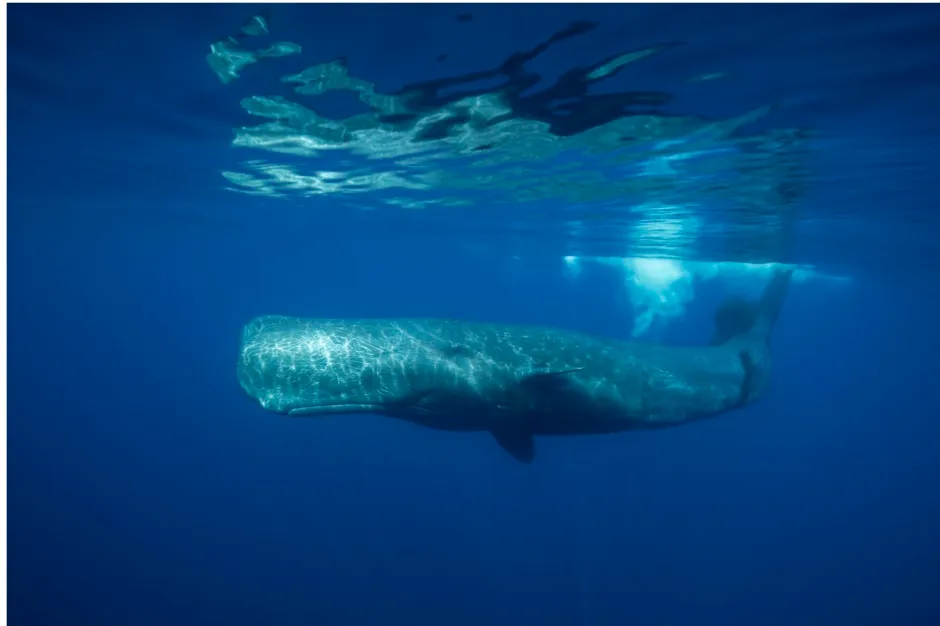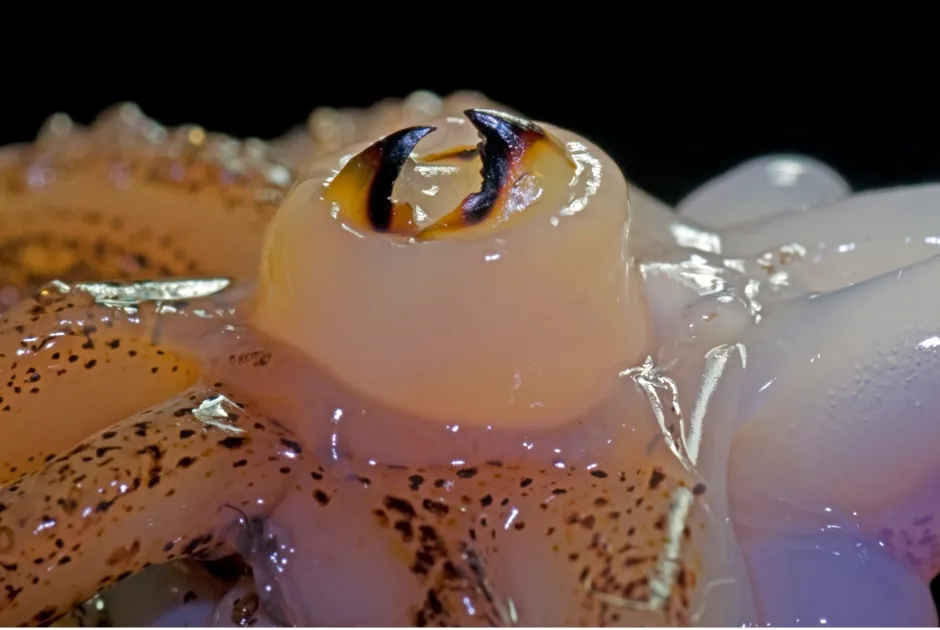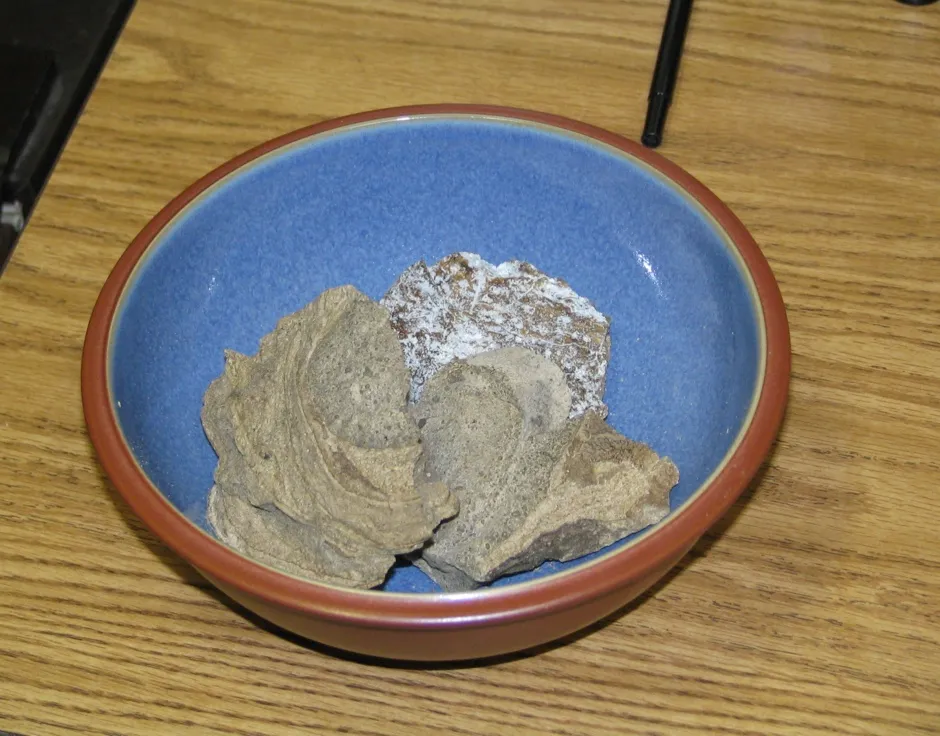Generally, we don’t think too much about our excretions – we like to dispose of them as soon as possible.
However, one group of whales, sperm whales, produce an excretory substance called ‘ambergris’ that is very valuable indeed.
There are three species of sperm whale. The iconic sperm whale, which is the largest toothed whale on the planet, and then the much smaller and less familiar pygmy sperm whale and dwarf sperm whale. All three species are named after the large, oil-filled spermaceti organ in their head, which was once thought to contain sperm.

All three species are known for their incredible diving abilities. They hunt in the deep ocean, where they feed on cephalopods (octopus, squid and cuttlefish). The sperm whale is known to tackle even the deep ocean leviathans, like the giant squid. The production of ambergris all starts with this rather slippery diet.
Read more about squid:
- Smart material made from squid teeth a potential plastic alternative
- How do squid survive extreme water pressure in the deep sea?
Cephalopods have sharp beaks made from chitin, which is hard and indigestible. It is thought that every few days the whales will regurgitate these beaks (as an adult male sperm whale can eat almost a tonne of food a day, that’s a lot of beaks!).
In a tiny minority of sperm whales (around 1 to 5 per cent), the beaks will work their way into the gut, which starts to secrete a waxy substance to protect the intestines from the sharp squid beaks. Over time, the beaks and the waxy substance coalesce together to form a large, solid mass of ambergris. Dwarf and pygmy sperm whales probably also produce ambergris, but in far smaller amounts.

Ambergris: poo or sick?
While it was once thought that the whales vomited out the ambergris to get rid of it, there is some debate over this. Scientists now think that it is more likely that it passes along into the rectum. While it may sometimes be pooed out, some experts believe that the growing mass of ambergris will eventually cause a fatal rupture in the intestine. Over time, as scavengers feed on the dead whale, the ambergris will be released from the carcass.
When it’s first released, ambergris it is said to smell rather strongly of faeces. But slowly, as it floats on the sea and is exposed to sunlight, the scent of the ambergris mellows and becomes more musky. Its colour can vary, and may be black, brown, grey or white. It is generally a round or egg-shaped lump, and weighs from a few grams to over 50 kilos.
What is ambergris used for?
Ambergris, if you find it washed up on the beach, is hugely valuable – it commands a higher price than gold. This is because it is highly prized as a fixative and ingredient in fine perfumes.
Over the centuries it has also been used as an incense, an aphrodisiac and a medicine. Indeed, it was even sometimes eaten: reportedly, the favourite food of King Charles II was eggs with ambergris (sorry, we don’t have a recipe).

What do I do if I find it?
While it’s okay to pick it up and sell it if you find it in Europe, in other parts of the world, including the US, possession and trade of ambergris is illegal. This is because sperm whales used to be heavily hunted for their oil, bone and ambergris, and some countries take the view that any products from whales should not be allowed, as it may encourage exploitation (especially as synthetic alternatives to ambergris are now available).
So if you find a waxy, greyish, odd-smelling lump on the beach, there is a tiny chance it might be ambergris. But as vegetable oil, greasy sewage residues and petroleum by-products are more commonly washed up on the world's shores, it's probably best not to quit your job until you've had your find confirmed.
Read more about whales:

